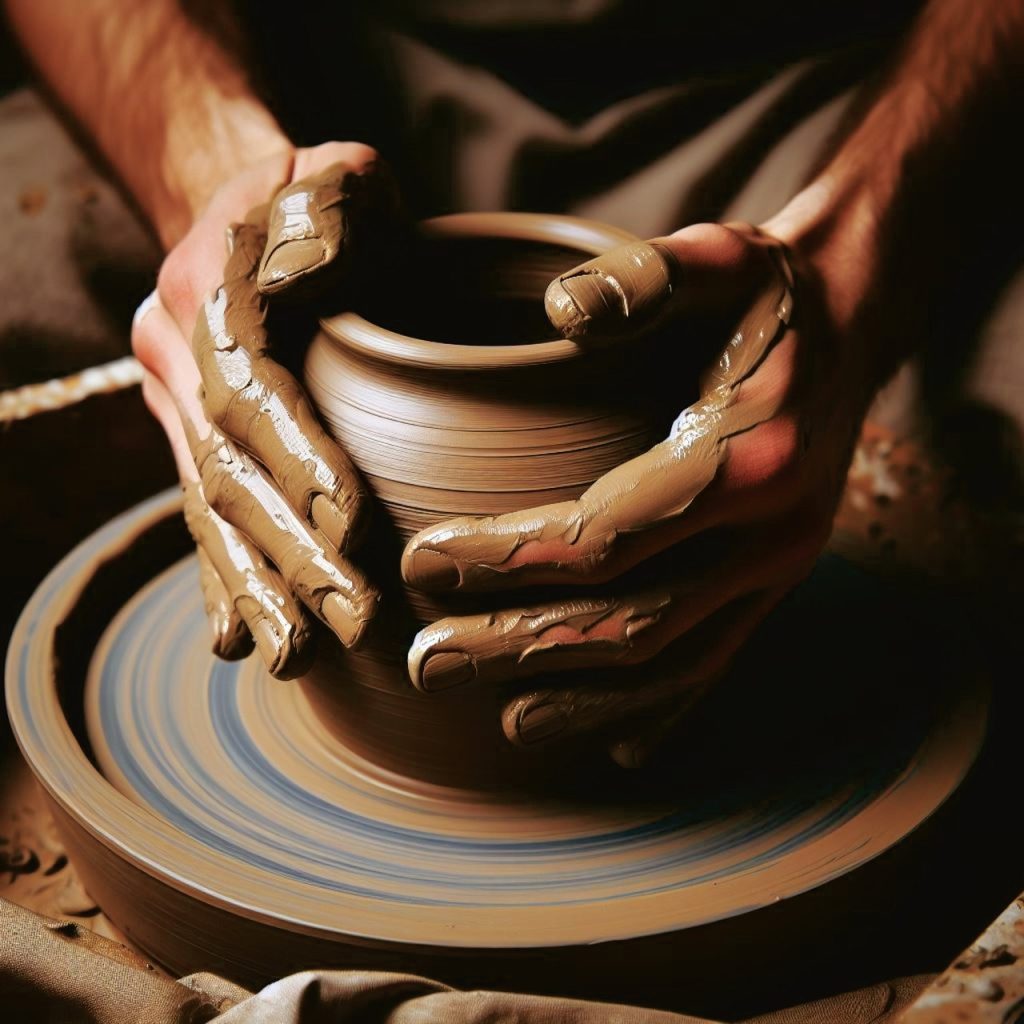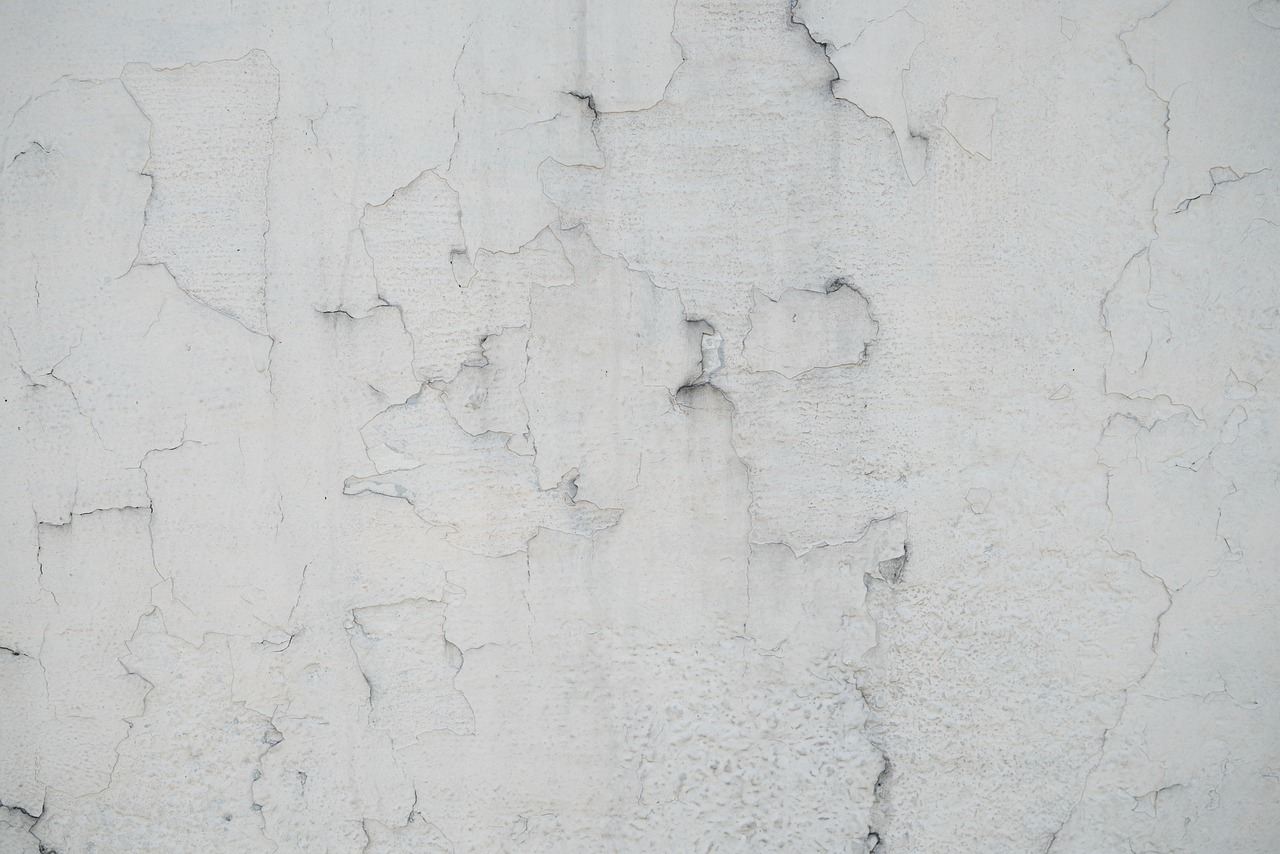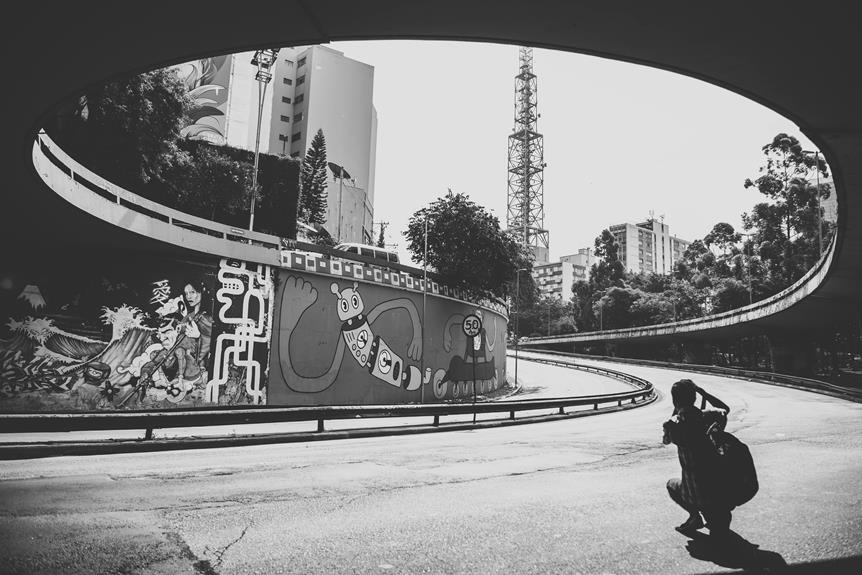Clay Art

Explore the versatile world of clay art, ranging from functional pottery like mugs and bowls to intricate jewellery made with polymer clay. Tools such as brushes, carving tools, and rolling pins are essential in shaping and refining your creations. Techniques like wheel throwing and coil building help develop precision and creativity, while methods such as slip trailing and sgraffito add texture and visual appeal. Start with simple projects like coasters or ornaments to build foundational skills. As you experiment with different clays and tools, you’ll gain deeper insights into the art form’s limitless possibilities.
Key Points
- Clay art encompasses pottery, ceramics, sculpting, and clay jewellery making, each with distinct techniques and materials.
- Essential tools like brushes, carving tools, and rolling pins significantly influence the quality and efficiency of clay art projects.
- Wheel throwing and coil building are primary techniques for shaping clay into functional or decorative pieces.
- Popular clay art projects include creating jewellery, figurines, home decor items, and personalized gifts.
- Beginners should start with simple projects, invest in basic tools, and experiment with different types of clay to build skills.
Types of Clay Art
Clay art, in its diverse forms, such as pottery, ceramics, sculpting, and clay jewellery making, demonstrates the versatility and adaptability of this ancient medium.
When creating clay jewellery and miniature sculptures, you’ll notice the precision and attention to detail required. These smaller pieces often use polymer clay due to their malleability and vibrant colours.
On the other hand, functional pottery embodies practicality, using earthenware or stoneware for items like mugs and bowls.
Abstract ceramics push the boundaries of traditional forms, utilizing porcelain to achieve delicate and intricate designs.
Each type of clay art showcases unique characteristics and techniques, highlighting the medium’s broad artistic potential and functional applications.
Essential Tools
Mastering clay art requires a set of essential tools that enable artists to shape, texture, and refine their creations with exceptional precision and control. Brushes, carving tools, rolling pins, and clay cutters are indispensable in your toolkit. Quality tools enhance your workflow and the overall finish of your artwork. Proper storage and tool maintenance are critical to prolonging their lifespan.
Consider DIY alternatives and budget-friendly options if you’re just starting. Opt for tools made from durable materials and store them in a dry, organized space to prevent damage. Investing in a good set of clay art tools greatly improves the efficiency and quality of your creative process, ensuring you achieve the desired results with ease.
Techniques and Methods
Exploring various techniques and methods in clay art opens up a world of creative possibilities and enhances your ability to bring intricate designs to life.
Wheel throwing and coil building are foundational techniques that allow you to shape clay into functional and decorative forms. Wheel throwing enables precise and symmetrical creations, while coil building offers more flexibility for organic shapes.
Beyond forming methods, surface decoration techniques like slip trailing and sgraffito add visual interest and texture. Slip trailing involves applying liquid clay for raised designs, whereas sgraffito entails scratching the surface to reveal contrasting layers.
Mastering these methods not only refines your craftsmanship but also deepens your understanding of clay’s properties, such as shrinkage rates and moisture content.
Popular Projects
When diving into popular clay art projects, you’ll find that creating jewellery, figurines, home decor items, and personalized gifts are among the most favoured endeavours.
Clay jewellery offers an avenue for intricate designs and customization, allowing you to craft pieces that are both unique and expressive.
Similarly, clay figurines, whether whimsical or realistic, provide a canvas for detailed artistry.
For home decor, clay art can enhance aesthetic appeal through items like vases, wall hangings, and decorative bowls. Personalized gifts, such as custom ornaments or nameplates, add a personal touch that resonates with recipients.
Consider the following popular projects:
- Clay jewellery: Earrings, necklaces, and rings.
- Clay figurines: Animals, characters, and abstract forms.
- Home decor: Vases, tiles, and sculptures.
Tips for Beginners
Starting with simple projects like coasters or ornaments will help you become familiar with fundamental clay art techniques. Experiment with different types of clay such as polymer, air dry, or traditional pottery clay. Invest in basic tools like sculpting tools, rolling pins, and moulds to enhance your creations. To achieve a professional look, focus on color mixing and surface finishing.
| Clay Type | Pros | Cons |
|---|---|---|
| Polymer Clay | Easy to bake, vibrant colours | Can be brittle |
| Air Dry Clay | No kiln needed, lightweight | Less durable |
| Pottery Clay | Traditional, versatile | Requires kiln and skills |
Watch online tutorials or take a beginner’s class to improve your skills. Practice regularly to build confidence and develop your unique style.
Advanced Techniques
To enhance your clay art, mastering fine detail sculpting and advanced texture tools is essential.
You’ll need to skillfully manipulate your medium using precision instruments to achieve intricate designs and textures.
This elevates your work, showcasing your proficiency and artistic vision.
Sculpting Fine Details
Mastering the art of sculpting fine details in clay requires a meticulous approach, leveraging precision tools and a deep understanding of texture and form.
Begin by using fine-tipped tools to craft intricate designs, ensuring each stroke enhances realism. Texture patterns play an essential role in this process, as they can greatly amplify the lifelike quality of your sculpture.
To achieve superior results, follow these steps:
- Use fine-tipped tools: For intricate designs, these tools offer the precision necessary for capturing subtle features.
- Study texture patterns: Practicing different textures will enhance realism in your work.
- Work slowly and carefully: Taking your time helps avoid mistakes and allows for thoughtful refinement.
Mastering Texture Tools
Delving into the advanced techniques of texture tools in clay art reveals a sophisticated interplay between various implements and the resulting intricate designs that elevate the artwork’s aesthetic and tactile appeal. By mastering texture blending and experimental layering, you can create dimensional effects that bring your pieces to life. Using stamps, rollers, sponges, and handmade tools, you’ll discover how to add depth and complexity to your work. Practice and experimentation are essential, enabling you to combine different techniques for unique results. Here’s a breakdown of tools and their uses:
| Tool | Use Case | Result |
|---|---|---|
| Stamps | Imprinting patterns | Intricate designs |
| Rollers | Continuous textures | Uniform patterns |
| Sponges | Texture blending | Soft, varied effects |
| Handmade tools | Custom impressions | Unique textures |
| Layering tools | Experimental layering | Dimensional effects |
Frequently Asked Questions
What Is Making Clay Art Called?
When you create forms using clay, it’s called pottery, ceramics, or clay sculpting. You use various pottery techniques and sculpting tools to shape and mould the clay into pots, sculptures, and decorative items, showcasing artistic expression.
What Is the Art of Clay?
You’re exploring the art of clay, which involves shaping types of clay with specific clay tools. This ancient practice encompasses diverse techniques, reflecting cultural histories and artistic innovation, requiring both creativity and technical skill for transformative results.
How Do You Make Homemade Clay Art?
To make homemade clay art, mix flour, salt, water, and oil to form a dough. Use clay tools and clay techniques to shape it. Let it dry or bake, then personalize with paints or markers.
How Do You Prepare Clay for Art?
To prepare clay for art, start with clay conditioning by kneading it until soft. Then, store the clay properly to prevent drying out. This guarantees it’s ready for detailed work and maintains its pliability.
Conclusion
You’ve explored the diverse world of clay art, from various types and essential tools to techniques and popular projects. By understanding these fundamentals, you can confidently start your own clay journey.
Remember, practice and patience are key. For beginners, focus on mastering the basics before diving into advanced techniques. With dedication, your skills will evolve, allowing you to create intricate and unique pieces.
Clay art isn’t just a craft—it’s a rewarding, lifelong learning experience.
Author: Jessica Hartley

